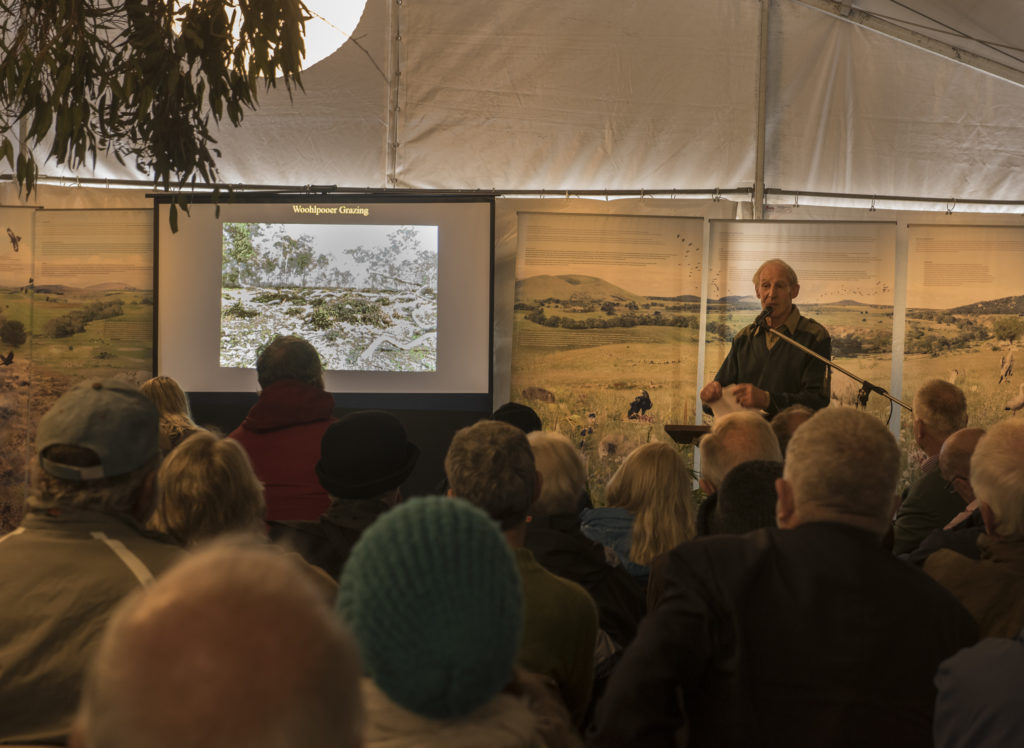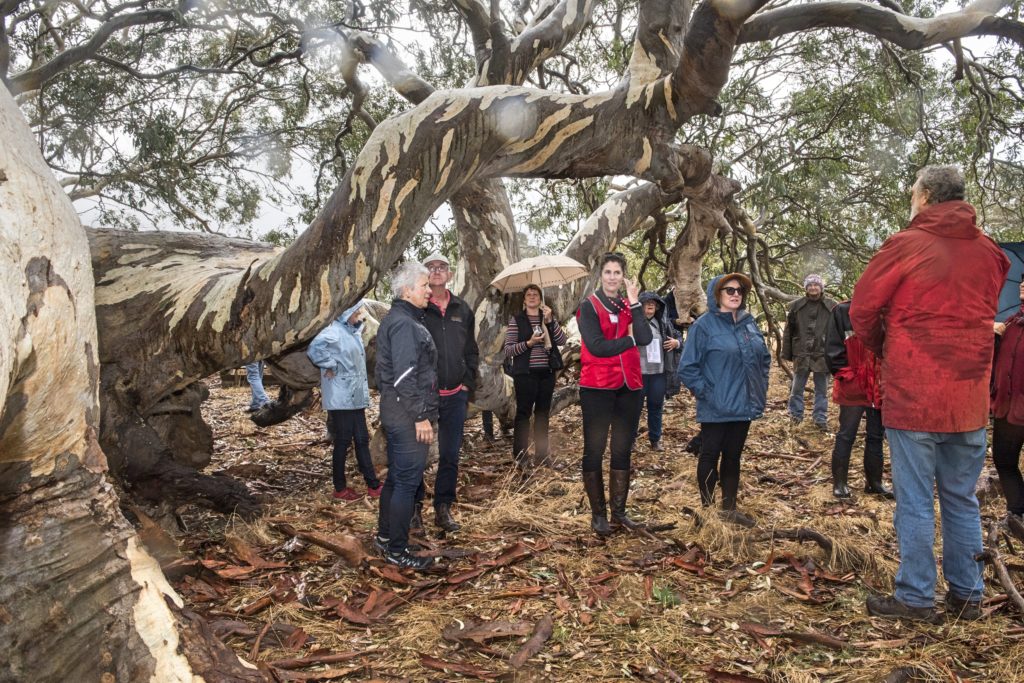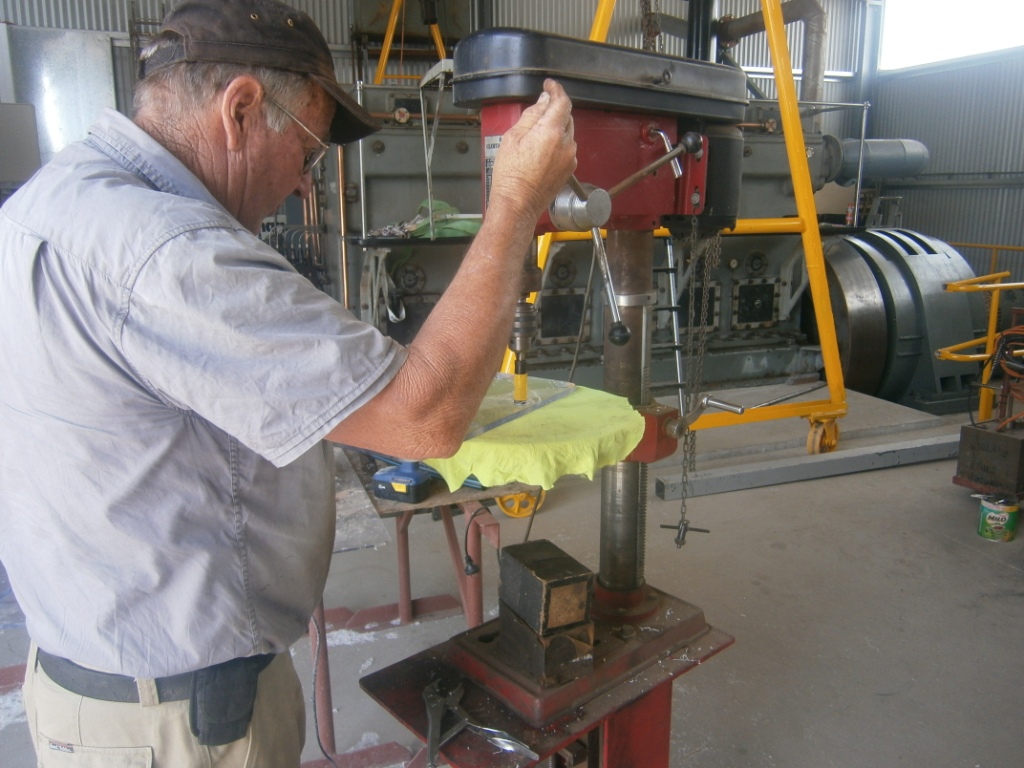Foundation for Rural & Regional Renewal (FRRR)
Yackandandah is a quaint village located in the valleys of the Stanley State Forest in North East Victoria. Known for its gold mining history, the town is well preserved and popular with tourists. However, the impending closure of the towns medical centre looked to be a big blow for full time residents, particularly those living in the Yackandandah Bush Nursing Home.
Without a local ambulance and limited public transport options, older and younger residents alike had their health put at risk by the potential closure of the local medical clinic. Yackandandah Health, who also run the nursing home, stepped in, assuming ownership of it and setting about ensuring that the residents could receive the care they needed.
The clinic was not in the best condition and was only able to operate 1.5 days a week, which is why a $37,367 from FRRR as part of the Caring for Ageing Rural Australians was so important. With a fresh coat of paint and new seats that were safe for the older residents to sit in while being attended to, and a new doctor, the clinic is now able to offer medical care in a comfortable setting five days per week.
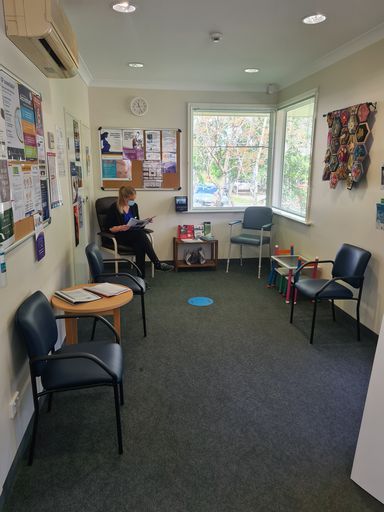
Annette Nuck, who is the CEO of Yackandandah Health told the FRRR team; “Yackandandah was at risk of losing their medical centre. This project has enabled us to provide a modern general practice for the community. In the 12 months of operation, we have grown the business to now support two doctors providing care 5 days per week. The practice has also added midwife care services after the community requested this in a survey. We have a practice nurse, practice manager and receptionist – all local people gaining employment in their town.
“The community has supported and embraced the practice. We have over 700 patients registered, with ongoing community support with fundraising to further improve our services.”
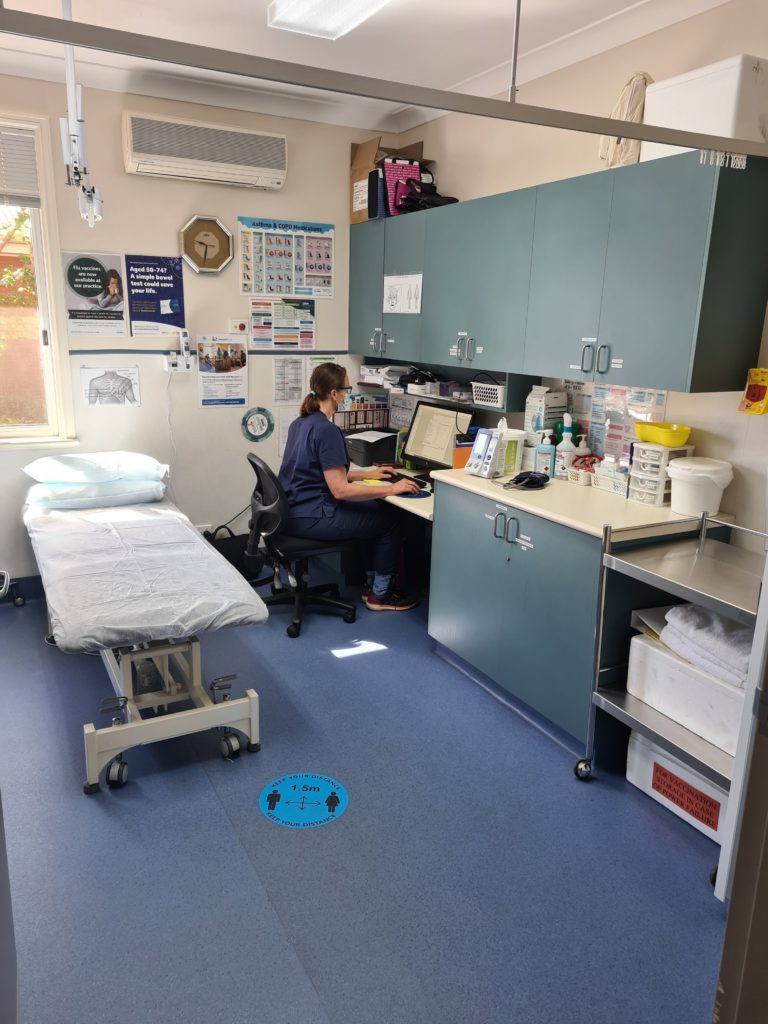
Outcomes like this for rural areas are incredibly important. On average, Australians living in rural areas have much poorer health outcomes, live shorter lives and are unable to access the healthcare they need due to distance or availability. Clinics like the Yackandandah Health Medical Centre are vitally important to closing this gap and increasing wellbeing and health outcomes for our ageing rural Australians.
Free online session to find out how you can help your community prepare for future disasters
The Foundation for Rural & Regional Renewal (FRRR) is inviting community members in Myrtleford, Beaufort, Korumburra, Paynesville, St Arnaud, Whittlesea and Yarra Junction to find out how FRRR’s Disaster Resilient: Future Ready (DR:FR) program can support them to build a disaster resilient community at a free webinar on Thursday, 3 December at 7pm.

Attendees will learn how FRRR’s DR:FR program works with communities to understand the skills and resources needed, and any barriers that may hinder them from being better prepared for the next natural disaster. Participants will also hear from Strathewen local, Steve Pascoe, who will share on his experiences, having actively been involved in the recovery of bushfire-affected communities throughout Victoria over many years.
The seven communities invited to take part in the webinar have been identified by FRRR as areas that experience high frequencies of flooding, bushfire, drought, and/or heatwave and may be willing to participate in the DR:FR program.
Nina O’Brien, FRRR’s Disaster Resilience & Recovery Lead, explains that the DR:FR model gets people actively involved in determining what it will take for their community to be well prepared before and bounce back stronger and better after a disaster.
“DR:FR is a practical and inclusive program that works with local people to identify actions that will better prepare them in times of natural disaster. The Foundation then provides resources and support to implement the initiatives the community has identified will improve localised disaster resilience.
“The program is based on leading research and practice in community-led natural disaster preparedness. We’ve already piloted this program in three NSW communities, with great success, and we’re building on that experience to ensure even stronger outcomes for at-risk communities in rural Victoria.
“I encourage all community leaders and anyone who cares about reducing the impact of disasters on their community to participate in this free online information session.”
This live workshop will take placeon Thursday, 3 December at 7pm, with the recording made available to those who register. A second, follow-up session will be held for each community, which will help FRRR to further understand the unique challenges and opportunities, past experiences with disasters, and to generally establish the community’s readiness to participate in the DR:FR program.
Register HERE or for more information contact Bethea Robertson, Project Coordinator at b.robertson@frrr.org.au or on 1800 170 020.
For centuries, red gums have dotted the landscape in south-west Victoria and south-eastern South Australia. A few community members from the small town of Cavendish in south-west Victoria understand the importance of these trees to the local natural environment. But they wanted to share their passion more widely and put the spotlight on these fantastic trees.
A creative approach
In 2017, this small group set up the Red Gum Festival Development Group Incorporated (RGFDG). One of their first projects was an arts festival, designed to explore and celebrate all aspects of the red gum species and hopefully, increase community understanding and willingness to protect the local environment. They also hoped that it would help to attract more tourists who already come to see the famous trees, and in turn support the local economy.
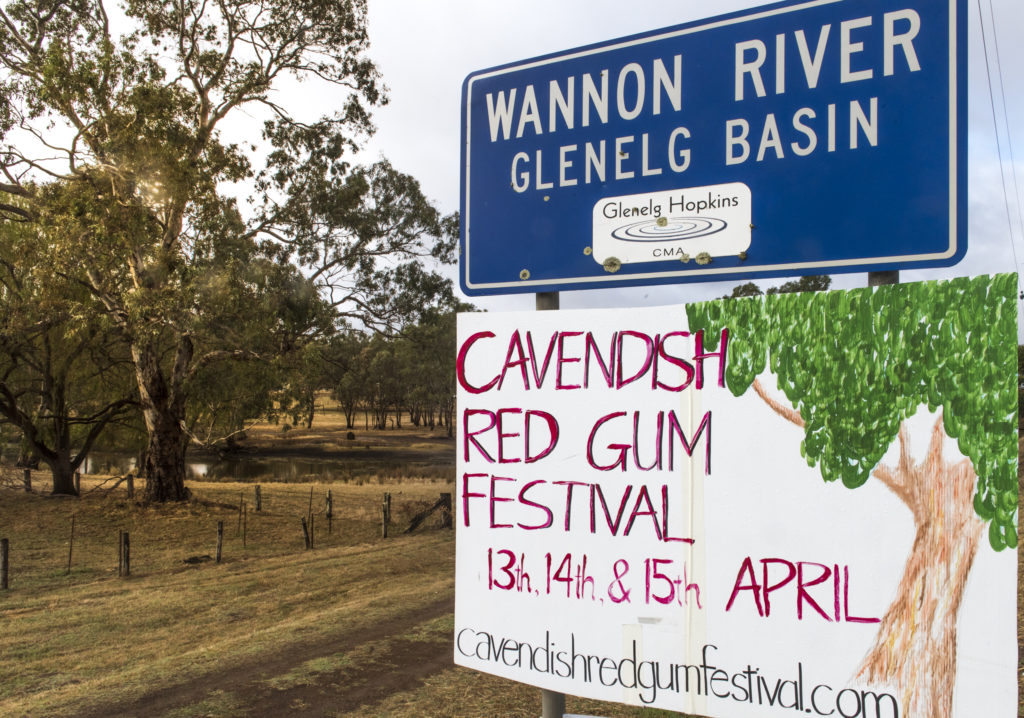
A $3,410 grant from FRRR was the initial funding for the inaugural Cavendish Red Gum Festival.
A committee of 12 and a team of 57 volunteers launched the inaugural Festival in April 2018. They worked hard to establish strong relationships with numerous local groups, including the Cavendish Recreation Reserve Committee, primary school, Lions Club and Men’s Shed, to ensure the project had extensive support.
To spread the word and build momentum in the lead up to the Festival, the RGFDG hosted sculpture, photography and writing competitions, with winners announced during the Festival. On the day, there was a wide range of activities, including markets, food stalls, exhibitions of wood-turning and musical performances.
Other core elements of the Festival were the science-based exhibits and a symposium featuring experts in forestry, conservation and tree science, and a bus tour of notable tree specimens and new plantations. These contributed to a document that is being shared with local Landcare groups, farmers and other interested parties to help preserve the trees. There is also a plan to generate a map of red gums, as a way of monitoring their size and health.
Sustainable solution
A second festival is planned for 2020, and it’s hoped it will become a regular community celebration. The growth of this arts festival has the potential to build community pride, attract tourists and significantly contribute to the local economy. Plus, by raising awareness of the importance of the trees and knowledge of their needs, the community, including landowners, will be better positioned to care for and protect them.
Art drew the crowd, and data and awareness will preserve the red gums. The Red Gum Festival was chosen to participate in the Art Resides Here project as the community is using the appeal of arts and cultural activities to raise awareness about the local environment.
They will tell their story at Artlands Victoria in Castlemaine and Bendigo in October 2018.
Ever heard of Wunghnu? It is a rural Victoria town, 215kms north of Melbourne and has a population of 270 residents. Situated in the farming region of the Goulburn Valley, many locals have a strong passion for vintage machinery – so much so that the Goulburn Valley Vintage Tractor and Farm Machinery Club has been running for around 30 years and has 75 members.
All Club members have a common interest in vintage machinery, whether is be tractors, engines or old farm machinery and they meet once a month to discuss any issues and hold regular working bees to keep the facilities and sheds in good working order.
A grant from FRRR’s Small Grants for Rural Communities program, along with some keen negotiation skills and Club funds, helped to purchase a lathe and a sand blasting cabinet for the Clubs most recent vintage restoration project.
Every Wednesday, Club members come together to socialise and work on restoring a 800 Hp Crossley Engine. This engine is a significant part of the region’s history, servicing Radio Australia as a backup power supply generator many years ago.
The Club saved the 800 Hp Crossley Engine from scrap and had the huge task of restoring the mighty engine – the members had the skills but didn’t have the equipment they needed.
The lathe allowed Club members to fabricate and make new machinery parts, and after a lot of hard work and toil, the volunteers were very proud to see the engine running for the first time in 20 years. It can be viewed at the Club’s annual Vintage Rally.
The William Buckland Foundation in Victoria is proud to support this project through FRRR’s Small Grants for Rural Communities program and see a piece of the Goulburn Valley history restored and enjoyed by local residents.

